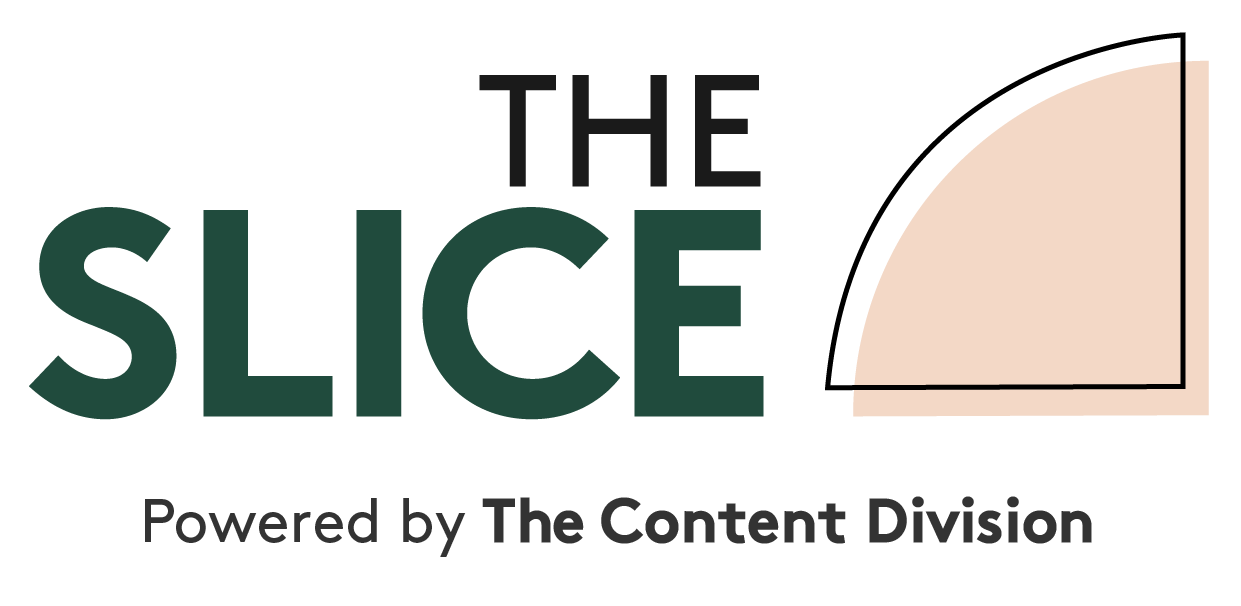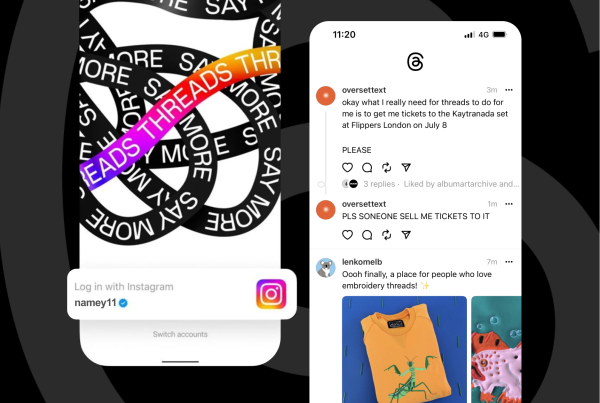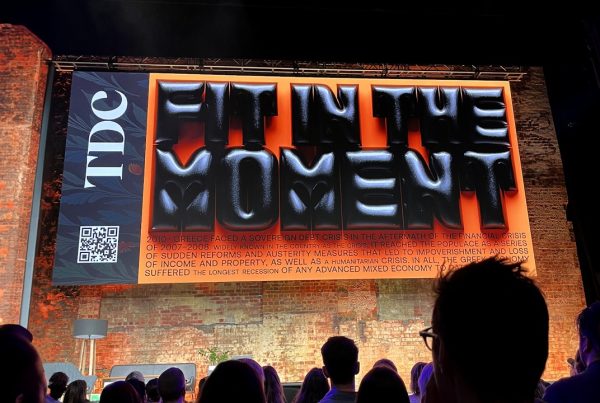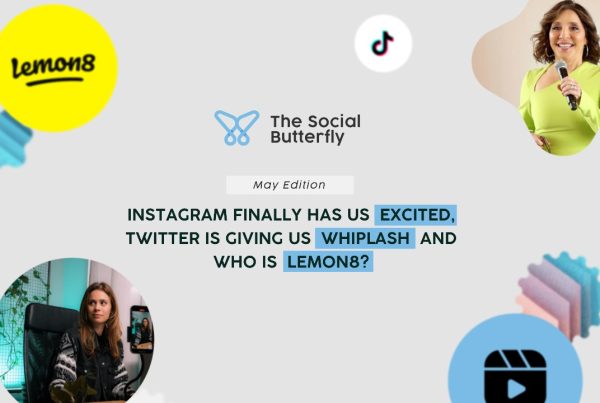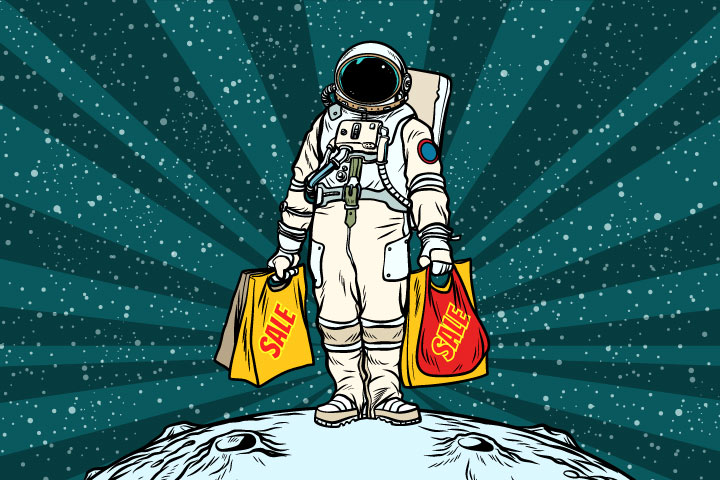
There’s been a chorus of mewling from some pretty dicey marketers about the relevance of the marketing funnel in today’s digitally saturated world.
“Customers can enter at any stage of the funnel, hence the funnel is dead,” is the common narrative taken, acutely unaware that they have just said the funnel is still a thing.
The reality is this – regardless of whether your customers take a linear journey for your product offering or not, the stages of the numerous differently concocted funnels still apply.
And good companies and marketers – marketers who have done the research, product development, market segmentation, pricing strategies, and created strong brand work and touchpoints before they even go near a bloody Facebook page or campaign brief – go over each with a fine-tooth comb.
They do it to find where they can add value and convince their audiences and target markets to make a purchase, love that purchase, repeat that purchase and become an advocate with a great net promoter score.
A customer journey, not the customer journey
I’m not saying I’m right, I’m just saying that this model of customer journey or funnel works for us and it makes sense to our clients as well. But it’s not just what you plot on the journey, it’s how you execute it.
Digital-only marketers who preach digital ads, conversion rates, open rates, engagements and more all to deliver that delicious ROI figure each week are in for a world of hurt when platforms change the rules. Rinsing and repeating that strategy can’t quantify the work done in the preceding months, years or even decades to ensure the brand makes people feel a certain way. The marketers who jump to those tactics may find things extremely painful.
So after you’ve done all the hard brand work, the customer and channel research, pricing strategy and distribution, you may be ready to plot your communications tactics, content and brand touchpoints on a customer journey.
Here’s a simple one for you. It’s a bastardised version of the one created by McKinsey & Co with an extra element called the Moment of Inspiration stage – added by an extremely clever guy named Andrew Davis. There are nuances and pushes and pulls within each stage that you can get pretty deep into once you’ve covered the basics, but let’s just start with the below.
Figure 1: The Customer Journey
The Moment of Inspiration stage
In traditional marketing funnels you’d probably call this awareness. Or slightly before awareness. Pre-awareness if you will. The point is it’s a chance to inspire a fairly broad audience with something awesome that’s not sales or promotions focused. Or for your biggest advocates to do it for you.
Great ads, brilliant brand-focused billboards, valuable free content, strategic sponsorships – they can all help build out moments of inspiration for potential customers.
Look to examples such as the Missouri Star Quilt Company’s incredible educational Youtube channel (530k subscribers and counting), or to KFC’s internet radio station KFChill where you can relax to the sound of frying chicken. Matched with rain visuals it’s surprisingly relaxing.
Rightly or wrongly (the KFC one’s a bit feral really but probably aligns with the sense of humour of their customers), these tactics aim to create awareness for a brand without doing any selling.
The Trigger stage
It’s all about them, and just a little bit about you. You’ve done a good job of being in the MOI stage consistently so your brand is at least in (not on) their mind. And now something has happened and they may need or want what you sell.
Some marketers aim to create content that triggers that demand, other let the trigger happen and aim to be there when it does.
For example, it’s a lot easier to create a trigger campaign around the newest pair of Nike Air Jordans than to trigger someone into entering a private aged care facility. But you can be there when that need arises by answering every single question someone has about entering aged care in a short window of time. A great blog hub on those topics would help greatly.
This is where search marketing can be useful, or outstanding search engine optimised content. Or someone on the ground helping people face to face with their questions. TV ads are particularly good at it – think of that fast food ad just before dinner time, that toy ad on a Saturday morning.
The Initial Consideration Set stage
If your brand has done a bonza job in your MOI stage then the Initial Consideration Set will include you and you alone when your prospect goes to buy.
If not, your competitors will also be in the mix.
It’s up to you to be as helpful as possible in describing the price, benefits, features, existing advocacy, social proof, ease of use, support and anything else that will drive someone to buy your thing.
In content land, we really really like your website to do this for you because you can own every single thing that’s there – the experience, the pricing, the data, the upselling opportunities, everything.
To see a brand that does this well check out the Xero home page. Compelling brand message, free trial, social proof through their Canstar ratings and awards, customer advocacy through case study storytelling videos, transparent pricing it’s all there to push someone towards that all-important conversion.
The Conversion stage
Yes, you can align content and user experiences to the Conversion stage of your customer journey.
If you’ve ever been on a travel website you will have seen little pop-ups of how fast particular rooms or flights are selling, and even more frustrating when prices go up on flights seemingly instantly, forcing you to buy now lest they go up again.
They’re all small pieces of content designed to spur people on to spend that cash. For B2B marketers, customer case studies or testimonials talking about how trustworthy you are or how incredible your post-purchase service is could help tip them over the edge.
But beware: The more stuff you add here the more you’re giving them to do before they spend their cash so don’t get content-happy and drive them away. Stay relevant, keep them focused and make it as easy as possible for your customer.
The Post-purchase Experience stage
How do you make your customers feel after they have bought your thing? Do you help them become experts at using it? Do you need to hold their hand through an onboarding process? Do you make them feel good about opening the packaging?
A simple example: a vacuum-sealed steak versus one packed on a styrofoam tray with plastic wrap. Straight away you should be able to get a feel of the value perception of each, and what it’s like to peel off a branded label and pull away the vacuum wrap compared with tearing open a bit of weak plastic wrap. Does the label push you to cooking instructions? Or some recipes? How do you make your customer feel about using that product?
A more full-on example: templated graphic design SaaS platform Canva dives pretty deeply into tutorials and helpful blogs to assist its users in getting the most out of its platform. Once signed up, users need to get the hang of using the platform for their design needs, so Canva has a suite of segmented eDMs, in-platform tutorials, blog resources and more that gets the job done. A measure of success for them would be active daily users of the platform, so helping them get the most out of it is crucial.
The Loyalty Loop stage
It’s really the holy grail – making your product and buying experience so good that you create advocates of your brand.
People rarely wake up thinking, “Geez I’d love to hear from My Favourite Brand today.” But the next best thing is someone in the exact right moment telling someone how awesome you are because you treated them awesomely and provided something awesome. Some Lego-themed Loyalty Loop content there. (That movie – what incredible way to keep happy customers coming back.)
Again, Xero does this masterfully with their XeroCon annual events. A bunch of accountants coming together to party about accounting? Sounds like a good time. But they do it well and provide such an incredible experience for their customer base that people walk away spruiking their product for them.
This happened to me just the other day. I was in the market to buy a smoke barbecue. A mate of mine, who is deeply in love with and firmly in the Loyalty Loop of Kamado Joe smoke barbecues, told me it was the only smoker he’d ever buy because of benefits A, B and C.
When I went to look at them, I paid them so much more attention compared with the other brands. I walked out with one as well.
Yes, I am an audience of one but when you scale loyalty it is often more powerful than any other activity you can undertake. And that sounds like a great Moment of Inspiration to me… Boom! The customer journey starts again.
